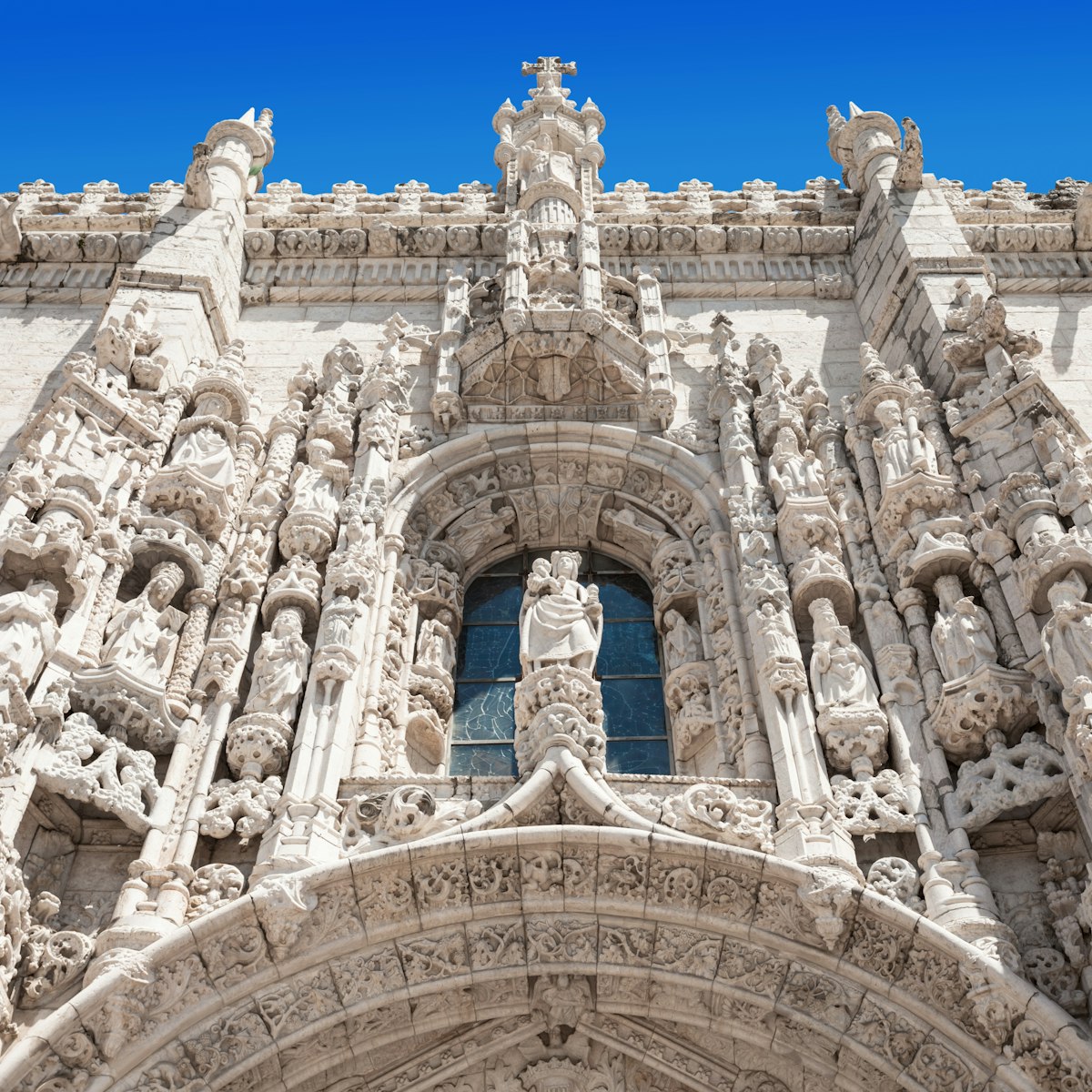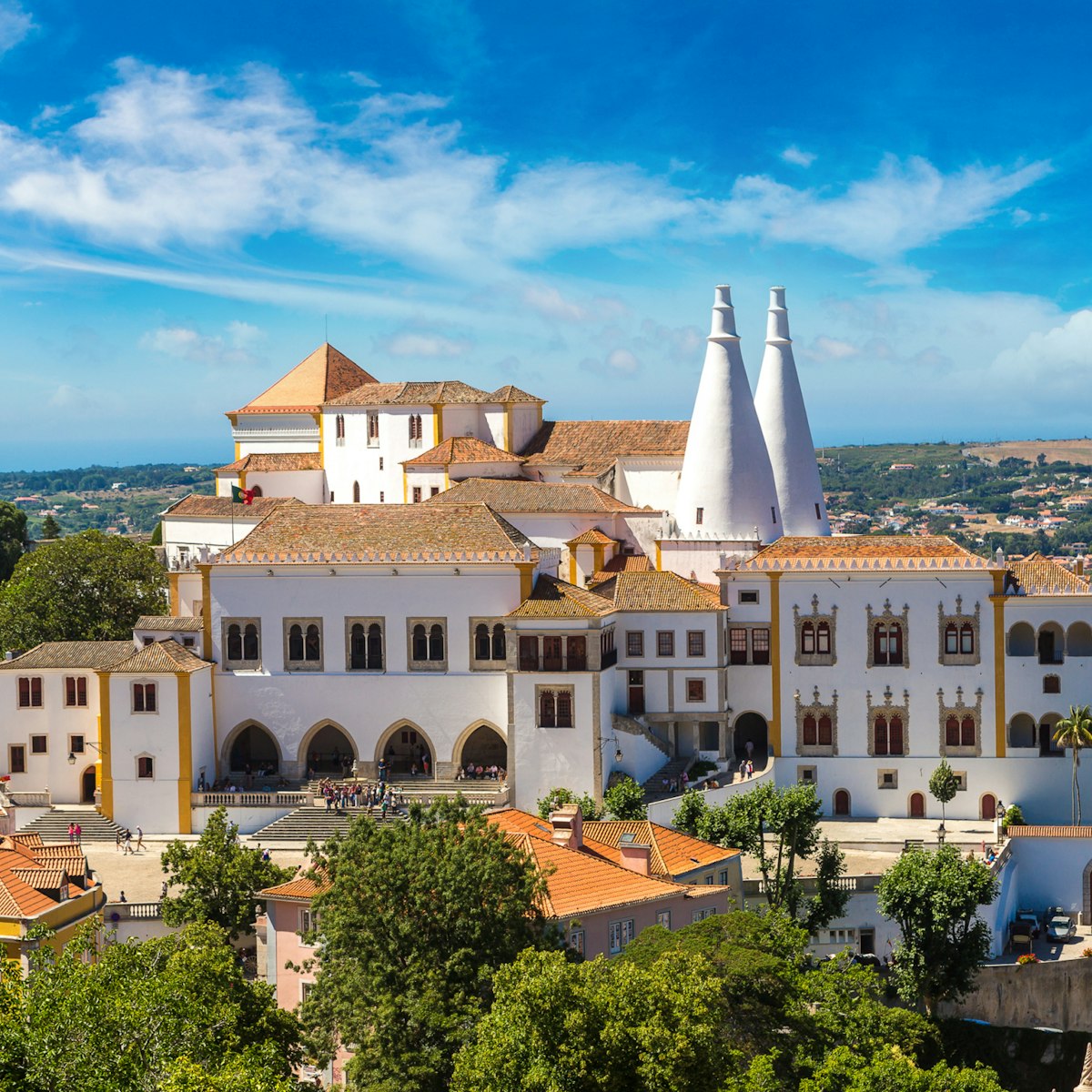Wild-spending Dom João V poured pots of Brazilian gold into this baroque palace, covering a mind-boggling 4 sq km and comprising a monastery and basilica. Begun in 1717 and finished by 1746, the exuberant mock-marble confection is the handiwork of German master Friedrich Ludwig, who trained in Italy and clearly had a kind of Portuguese Vatican in mind.
No expense was spared: around 45,000 artisans worked on building its 1200 rooms and two bell towers, which shelter the world’s largest collection of bells (97 in total, 92 of which are original).
When the French invaded Portugal in 1807, Dom João VI and the royals skedaddled to Brazil, taking most of Mafra’s furniture with them. Imagine the anticlimax when the French found nothing but 20 elderly Franciscan friars. General Junot billeted his troops in the monastery, followed by Britain's Duke of Wellington and his men. From then on the palace became a military haven. Even today, much of it is occupied by the military as an academy.
On a self-guided visit, you’ll take in treasures such as the antler-strewn hunting room, a striking infirmary, the gorgeous Blessing Room, awash in colourful Lioz stone, and a walled bed for mad monks (maybe sent over the edge by all those corridors!). The biggest stunner is the 83.6m-long barrel-vaulted library, housing some 36,000 book volumes encasing an as-yet-uncounted 100,000-plus 15th- to 18th-century books, many handbound by the monks. It’s an appropriate fairy-tale coda to all this extravagance that they’re gradually being gnawed away by rats. The basilica of twin bell-tower fame is strikingly restrained by comparison, featuring multihued marble floors and Carrara marble statues.







